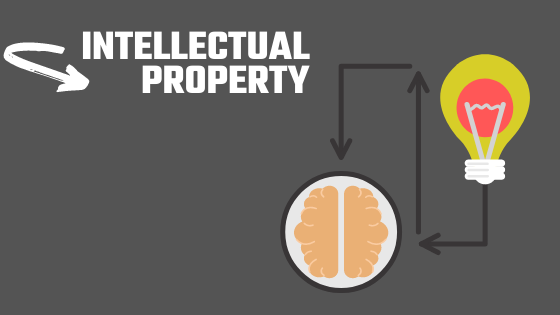Intellectual property (IP) definition
Intellectual Property is any product of human intellect that is unique and un-obvious with some value in the marketplace. Intellectual property laws cover ideas, inventions, literary creations, unique names, business models, industrial processes, computer program code, and more.
Patent
The United States Patent and Trademark Office receives applications for patent and grants patents based on those applications for inventions that it finds meet the criteria established by law. Inventions patented must relate to “patentable subject matter”, must be “novel” and “non-obvious” to those of ordinary skill in the technology art to which the invention relates. Patentable subject matter includes not only the traditional types of inventions – machinery, articles of manufacture, chemical compositions, etc., but also software and new methods of doing business as described on https://kulturehub.com/inventhelp-step-by-step-guide-inventor/.

An invention cannot be patented if it was in public use or on sale in the U.S. or if the invention was described in a publication anywhere in the world more than one year prior to the filing of the U.S. patent application. The period of protection afforded by a patent is 20 years from the date of filing date of the patent application and is not renewable. Upon expiration of a patent, the invention claimed is in the public domain and all are free to use it.
Copyrights
A copyright is a right that attaches by Federal law to a creator’s original work. It prevents others from copying or performing a copyrighted work without authorization from the owner. A copyright can be registered at the United States Library of Congress Copyright Office before or after the work is published or initially performed. Federal protection for works created after January 1, 1978, is the author’s lifetime plus 50 years.
Trademarks
A trademark is a symbol, word or group of words that designates the origin of goods or services in the marketplace. It distinguishes goods marked with your trademark from similar goods of competitors. Trademarks can be registered on “principal” and “secondary” registers of trademarks at the United States Patent and Trademark Office. There is also a body of state law that governs certain trademark rights. A Federal trademark registration can continue as long as the mark remains in use and is not abandoned. Read more on https://www.iedunote.com/just-starting-out-as-an-inventor-inventhelp-is-everything-you-need.